Explore London
Walking the city: A new way to explore London
Seizing the situation

It’s 1953, and a small group of young men are having a gander through Paris. They’re quite free, seeing where the city takes them, with no particular direction in mind. They stop off at a bar, smoke a little, and then stroll on, very much ready to go again. It all seems quite normal, but this group was more influential than most. At their head is Guy Débord, a French philosopher and author of ‘Theory of the Dérive‘. The ‘dérive’ to which he refers was an experimental type of urban exploration, where one wanders freely – without a preconceived destination – and sees where life takes them. The idea is to explore our surroundings in new and unforeseen ways that present spontaneous events and opportunities, particularly in the city; that is, where a definitive destination is otherwise too restrictive.
The ideas of this group of French radicals – soon to be known as the ‘Situationists’ – had a profound effect on our understanding of the city. The original intention of the group was for a revolution and overthrow of capitalism, similar to other advocates of walking who see it as an opportunity for protest and political expression. But their impact has been felt more keenly in how they showed that new means of exploration – and the discovery of hitherto unknown areas and events – was suddenly at anyone’s disposal: where walking allows a new light to be shone on a city’s activities.
A new way to explore the city

In London we travel vast distances every day, but within the confines of a bus, car on underground in a crowded tube. The author Will Self highlights how a century ago 90% of journeys in London under six miles were conducted on foot, arguing that walking allows us to take, “physical possession of the built environment.” Going for a stroll reveals the world around us, in its natural as well as social forms: so we can appreciate not only its splendour but revel in the culture of the city we visit, or even call home.
There are a number of walking tours on offer in a city such as London. A route around the classic tourist sites and city centre is offered by London Walks, as well as themed strolls through areas such as those inhabited by Jack the Ripper. For a different take, Alternative London accompany guests around more unusual sites featuring graffiti and hidden paths, especially in east London.
Serendipity, if you’re lucky

While these guided tours are excellent introductions made by professionals to the world as it exists on the streets of London, sometimes it is in the chaotic that we encounter the best experiences of our situation. The classic idea that getting lost is the ideal way to explore our surroundings – or even to ‘find ourselves’ – is actually appropriate here. In trying to locate the White Cube gallery in Bermondsey, I managed to stumble across the Fashion and Textile Museum down the road; serendipity, indeed, for it’s filled to the brim with a mind-boggling array of colourful pieces.
Is it still possible in the age of the smartphone, with maps mere taps away? Journalist Peter Watts argues yes, just about. All you need is to look up, and have faith.
Let’s go for a walk
As we explore and interact more with the world around us, it’s worth asking what effect that will have on us. Maybe the Situationists were right, in that we become more politically engaged with the city, or that we will indeed begin to ‘possess’ the cultural plethora on offer in London. Areas of certain ‘character’ will influence our perception of the surroundings in different ways, as would the varying functions of the buildings – less time in suburban Putney will be spent gazing upwards than within the skybound metropolis of the City. It’s not worth considering such differences, however, when what is importance is to be out there, in London, exploring the city in the best way possible: on foot.



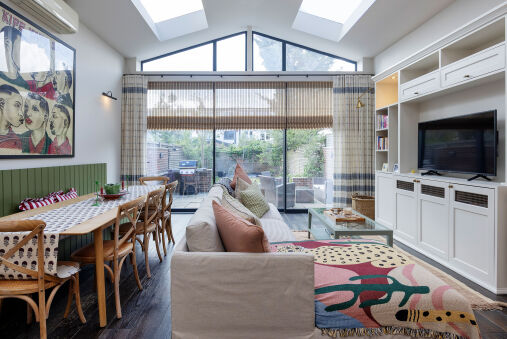
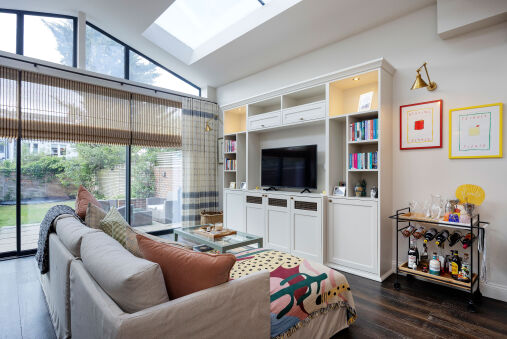
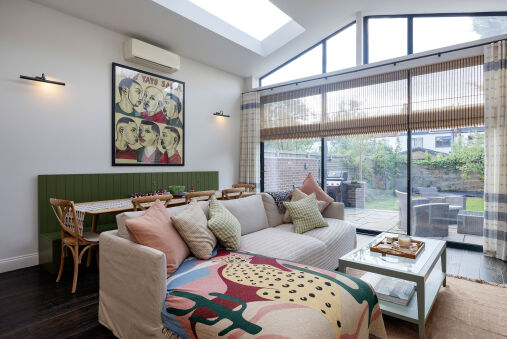
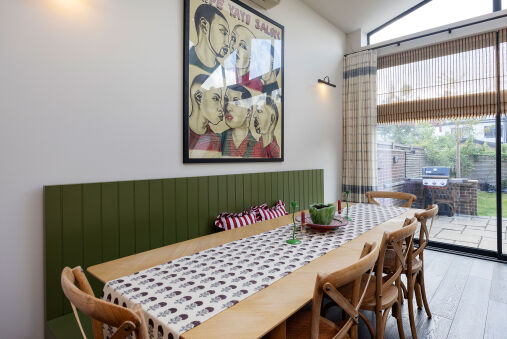
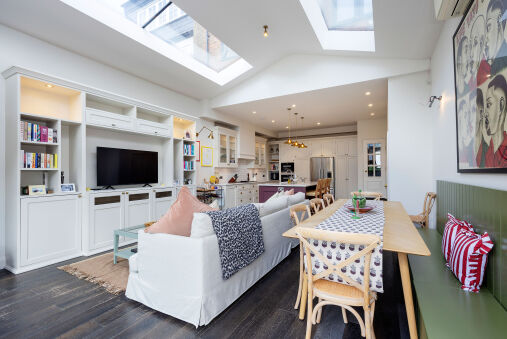
 london
london














